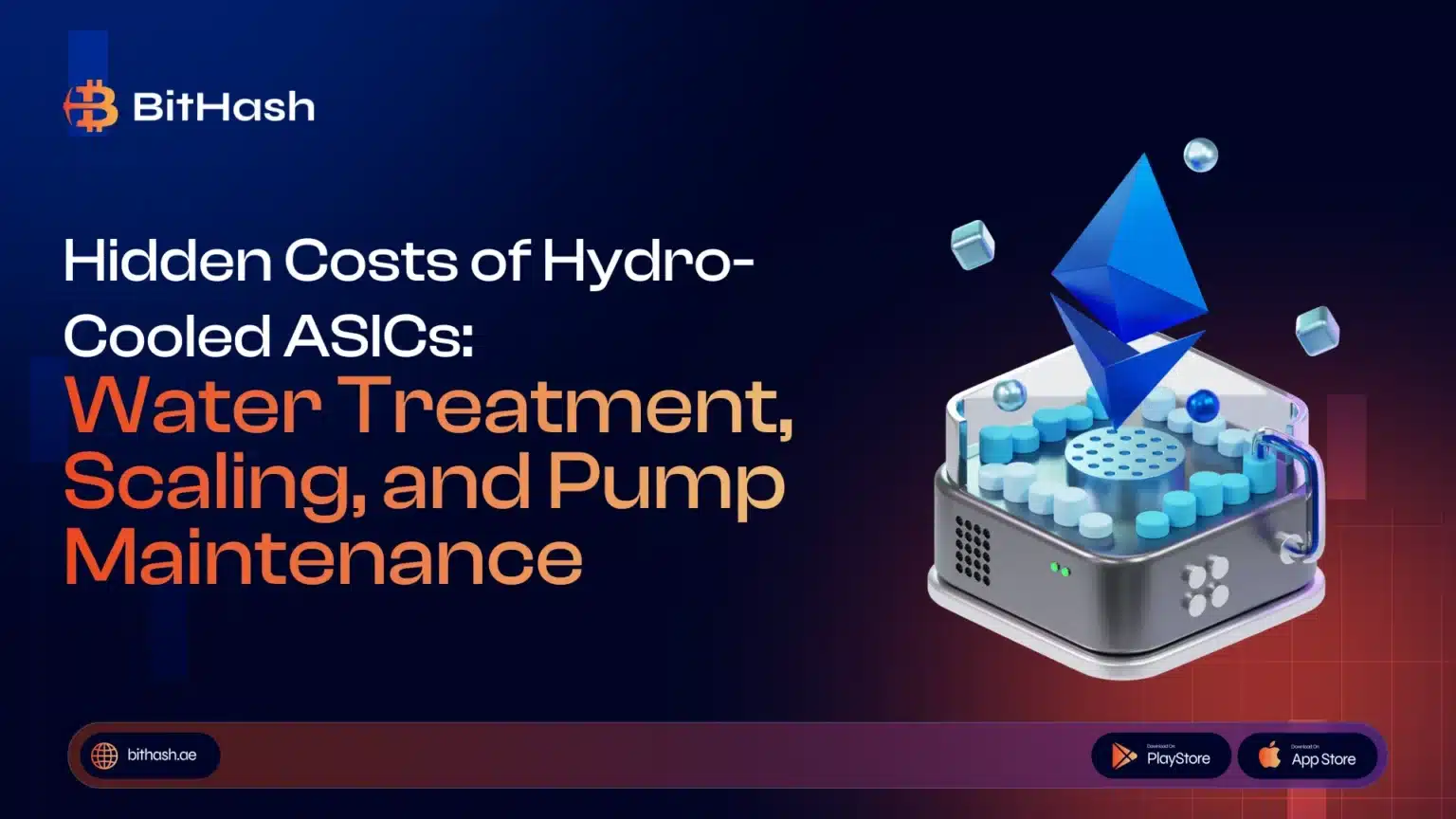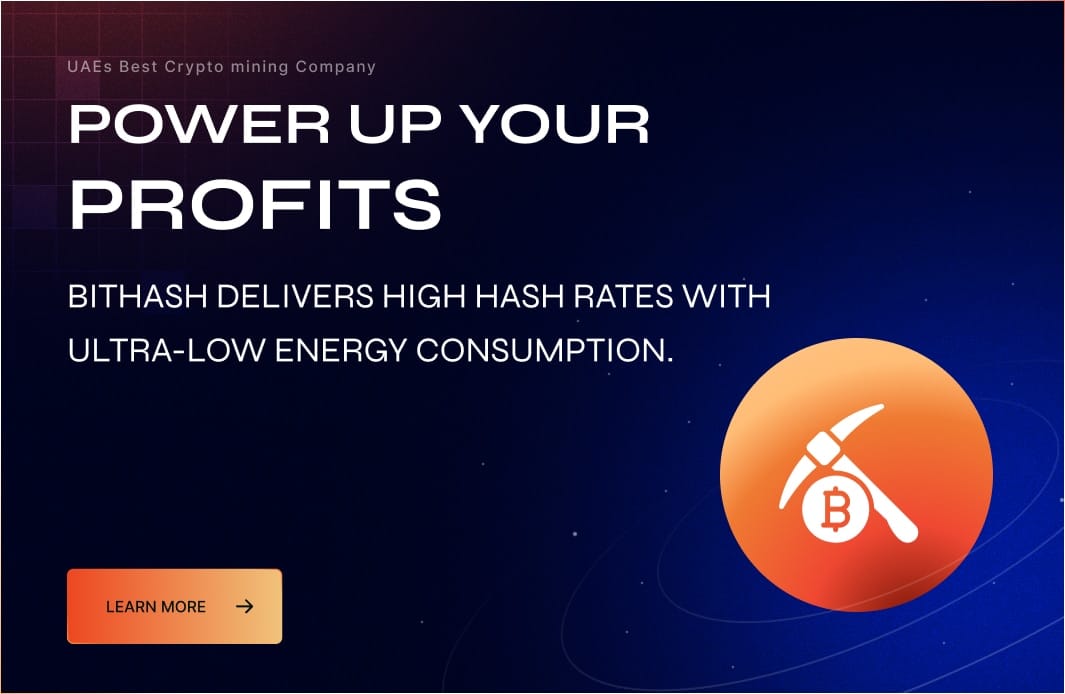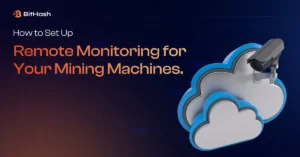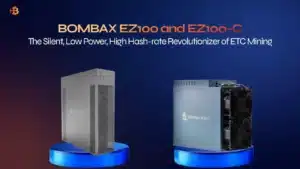As cryptocurrency mining operations scale up, hydro-cooled ASIC miners have emerged as a powerful solution for managing heat in high-performance environments. Unlike traditional air-cooled systems, hot air water and heat exchangers dissipate thermal loads more efficiently. This shift promises quieter operation, improved temperature control, and reduced energy usage, making it an attractive option for large-scale mining farms.
However, the appeal of hydro-cooled ASIC miners often masks a set of hidden costs that can quietly erode profitability. While the initial investment in water-based cooling infrastructure, including pumps, plumbing, and dry coolers, may seem justified by performance gains, ongoing maintenance and operational challenges can complicate long-term sustainability. From the chemical balancing of water to prevent corrosion, to the buildup of minerals that clog heat exchangers, and the wear and tear on pumps that circulate coolant, these issues demand attention and resources.
Moreover, the reliance on dry coolers to reject hot air into the environment introduces additional layers of complexity, especially in regions with high ambient temperatures. Combined with increased energy usage for water treatment and mechanical upkeep, the true cost of hydro-cooling extends far beyond the initial investment.
In this blog, we’ll explore three of the most underestimated challenges facing hydro-cooled mining setups: water treatment, scaling, and pump maintenance. Understanding these hidden costs is crucial for any operator seeking to maximize uptime, safeguard their equipment, and ensure the long-term viability of their mining infrastructure.
1. Water Treatment: The Silent Expense
Hydro-cooled systems have become the go-to solution for high-performance mining setups, particularly for operators utilizing advanced ASIC miners like the Antminer S19 Hydro. These systems rely on clean, chemically balanced water to function optimally. Without proper treatment, water can become a breeding ground for corrosion, microbial growth, and mineral buildup, threatening both performance and hardware longevity.
Unlike a simple air system that vents hot air directly into the environment, hydro-cooled setups use water to absorb and transfer heat through heat exchangers, often connected to a dry cooler for external heat rejection. While this method is more efficient, it introduces a complex layer of maintenance that many operators underestimate.
Why It Matters
- Corrosion Control: Untreated water can corrode metal components inside ASIC miners, including the heat exchanger, leading to leaks, reduced efficiency, and costly replacements.
- Microbial Contamination: Warm water environments are ideal for bacteria and algae, which can clog cooling channels and reduce flow rates, especially in high-density setups like those using the Antminer S19 Hydro.
- Chemical Balancing: pH levels, hardness, and conductivity must be monitored and adjusted regularly to prevent damage to pumps, pipes, and dry cooler coils.
Even the intake filter, a small but critical component, can become a point of failure if water quality isn’t maintained. Clogged filters reduce flow, increase pressure, and contribute to higher failure rates across the system.
Hidden Costs
- Regular chemical testing and dosing to maintain water quality
- Filtration systems and replacement intake filters
- Labor for monitoring, flushing, and maintenance
- Potential downtime due to contamination or pump failure
- Increased failure rates in cooling components and ASIC miners
- Reduced efficiency in heat exchangers and dry cooler performance
Water treatment isn’t a one-time setup; it’s an ongoing operational cost that scales with the size of your mining farm. As the number of ASIC miners increases, so does the complexity of maintaining water purity and ensuring consistent flow. Neglecting this aspect can lead to cascading issues, from reduced cooling efficiency to elevated failure rates, ultimately shortening the lifespan of your mining hardware.
Moreover, the dry cooler, responsible for releasing hot air into the environment, can suffer from fouling and mineral buildup if water isn’t properly treated before passing through the system. This not only increases energy usage but also accelerates wear and tear, further impacting hardware longevity.
In contrast, a simple air system may seem less efficient but comes with fewer hidden variables. While hydro-cooling offers superior thermal performance, it demands a disciplined approach to water management, especially when deploying high-end units like the Antminer S19 Hydro.
2. Scaling: The Mineral Menace
Scaling refers to the buildup of minerals, especially calcium and magnesium, on the internal surfaces of cooling systems. This issue is particularly prevalent in regions with hard water, such as parts of the Middle East, where mining operations are rapidly expanding. Whether you’re running hydro and oil-cooled machines or traditional air-cooled rigs, scaling can silently sabotage performance and profitability.
In hydro-cooled setups, such as the Antminer S19 Hydro, water flows through precision-engineered channels and heat exchangers to absorb and transfer heat. But when mineral deposits accumulate, they act as insulators, reducing thermal efficiency and increasing liquid temperature beyond safe thresholds. This forces pumps and cooling systems to work harder, driving up energy consumption and accelerating wear.
Why It Matters
- Reduced Heat Transfer: Scaling on heat exchangers limits the system’s ability to remove hot air, especially in extreme heat environments such as Abu Dhabi or the Eastern Desert.
- Clogged Channels: Mineral buildup narrows water pathways, increasing pressure and reducing flow, which raises failure rates in both pumps and ASIC units.
- Increased Energy Use: Systems must compensate for reduced efficiency, resulting in higher power consumption and increased operational costs.
Even in cooler locales, scaling remains a threat. While tundra regions offer relief from extreme heat, they introduce their own challenges, like extreme cold that can cause mineral crystallization and pipe damage. Whether you’re operating in the Middle East, the Eastern desert, or the tundra, scaling is a universal concern.
Hidden Costs
- Frequent use of descaling chemicals and flushing procedures
- Replacement of scaled components in hydro and oil-cooled machines
- Increased energy consumption due to reduced cooling efficiency
- Shortened lifespan of ASIC units and elevated failure rates
- Maintenance of evaporative coolers, which are especially vulnerable to mineral buildup
- Downtime and labor costs for cleaning and repairs
Operators using evaporative coolers in Middle East mining farms must be particularly vigilant. These systems rely on water evaporation to cool hot air, but scaling can drastically reduce their effectiveness. At BitCluster Nodes, for instance, proactive scaling management is crucial for maintaining uptime and protecting the infrastructure.
Even with robust water treatment protocols, scaling can occur over time. That’s why regular inspections, chemical balancing, and component replacement are essential, especially in high-performance environments using Antminer S19 Hydro units.
Whether you’re mining in Abu Dhabi, the tundra, or cooler locales, scaling is a hidden menace that demands attention. Ignoring it can lead to increased failure rates, reduced hardware longevity, and spiraling costs that undermine the benefits of advanced cooling systems.
3. Pump Maintenance: The Mechanical Burden
In hydro-cooled mining setups, pumps are the unsung heroes. They circulate water through ASIC miners, radiators, and evaporative coolers, maintaining optimal liquid temperature and ensuring that systems operate at maximum performance. However, despite their critical role, pumps are mechanical devices subject to wear, tear, and eventual failure, especially in demanding environments such as those found in dense installations across the Middle East.
Whether you’re operating in Abu Dhabi, the tundra, or cold climates, pump maintenance is a non-negotiable aspect of any serious mining farm operation. The stakes are high: pump failure can halt cooling entirely, risking thermal shutdowns or permanent damage to expensive hardware, such as the Antminer S19 and other suitable and cost-effective miner models.
Why It Matters
- Continuous Operation: Pumps operate 24/7 in mining farms, particularly in Middle Eastern regions such as Abu Dhabi, where extreme heat is a daily challenge. Constant operation accelerates wear, particularly in systems using evaporative coolers to reject hot air.
- Vibration and Noise: Poorly maintained pumps can introduce vibration, leading to heat building noise that disrupts system stability and increases the risk of component misalignment.
- Seal and Bearing Failure: These components degrade over time, especially in extreme cold or cold climates, where temperature fluctuations can cause contraction and stress. Leaks and breakdowns are common if not proactively addressed.
In Abu Dhabi, where extreme heat pushes systems to their limits, pump reliability is paramount. Mining farms in the Middle East often rely on evaporative coolers to manage liquid temperature, but these systems place additional strain on pumps due to constant cycling and mineral exposure. Without regular maintenance, failure rates can increase, resulting in costly downtime and reduced hardware longevity.
Hidden Costs
- Regular Inspection and Lubrication: Pumps must be checked frequently, especially in Middle Eastern operations where dust and heat accelerate degradation.
- Replacement of Seals, Bearings, and Impellers: These parts wear out more quickly in extreme heat and dense installations, necessitating scheduled replacements to prevent unexpected failures.
- Backup Pump Systems: To ensure continuity, farms must invest in redundant systems, particularly in Abu Dhabi, where even a few minutes of downtime can impact profitability.
- Labor and Expertise for Repairs: Skilled technicians are required to service pumps, particularly in remote, cold climates or Middle Eastern regions where access to parts and support may be limited.
- Integration with Fans and Cooling Infrastructure: Pumps must work in harmony with fans and evaporative coolers to maintain stable liquid temperature and prevent overheating.
At BitCluster Nord, where operations span cold climates and the tundra, pump maintenance is a strategic priority. The combination of extreme cold and mineral-rich water can lead to rapid wear, making proactive servicing essential. Similarly, in Abu Dhabi, where Middle Eastern mining farms face relentless extreme heat, pumps are pushed to their mechanical limits daily.
Even in cooler locales, pump maintenance cannot be ignored. The interplay between fans, evaporative coolers, and ASIC miners demands a finely tuned system. Neglecting pump health leads to cascading failures, reduced maximum performance, and increased operational costs.
In conclusion, pump maintenance is not just a technical task; it’s a strategic investment in uptime, efficiency, and hardware longevity. Whether you’re mining in Abu Dhabi, the Middle East, or the tundra, understanding the mechanical burden of pumps is essential to sustaining a profitable and resilient mining farm operation.
Final Thoughts:
Hydro-cooled ASICs offer undeniable advantages in performance and scalability, particularly for high-density mining operations that utilize advanced models, such as the Antminer S19 and other Antminer units. But these benefits come with a set of hidden costs that demand serious attention. Water treatment, scaling, and pump maintenance aren’t just technical footnotes; they’re financial realities that directly impact ROI, uptime, and long-term infrastructure health.
For mining operators, especially those expanding into cold climates, proactive planning is essential. Budgeting for ongoing maintenance, investing in high-quality water treatment systems, and monitoring liquid temp and flow rates are non-negotiable. In cold climates, where freezing risks add complexity to hydro-cooled setups, the importance of system oversight becomes even more critical.
Whether you’re operating in the frozen north or the heat-intensive Middle East, the message is clear: don’t let hidden costs quietly erode your margins. Train your staff, hire experts, and treat your cooling infrastructure with the same care you give your hashing power.
In the race for hash rate and efficiency, a well-maintained hydro-cooled system isn’t just a technical upgrade; it’s a strategic asset. And when paired with robust miner models like the Antminer S19, it can deliver exceptional performance, provided you manage the risks wisely.





